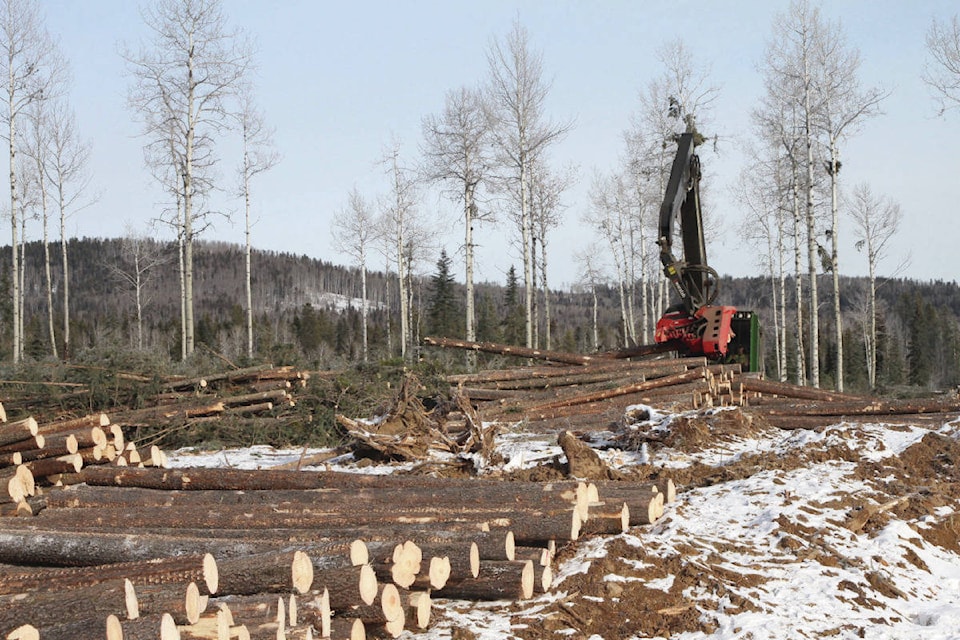An outbreak of Douglas fir beetle in the West Kootenay is being monitored and treated, but it91┬Ń┴─╩ėŲĄÖs tiny compared to the mountain pine beetle outbreak that has driven declining harvest and large forest fires elsewhere in the B.C. Interior, Forests Minister Doug Donaldson says.
Regular aerial surveys are conducted to track conditions in fir, pine and other forests, and the 2018 map shows a fir beetle infestation across the province has declined in size since 2016, Donaldson told Black Press. That includes cyclical fir beetle outbreaks that are tracked in the Cariboo region. Fir and other beetles are naturally occurring throughout B.C. forests.
91┬Ń┴─╩ėŲĄ£There91┬Ń┴─╩ėŲĄÖs always a background population level, and in a cyclical nature there are outbreaks,91┬Ń┴─╩ėŲĄØ Donaldson said. 91┬Ń┴─╩ėŲĄ£We did an aerial survey in 2018, and there were 646 hectares infected in the Kootenay Lake timber supply area, which is a 1.2 million hectare area.
RELATED:
RELATED:
91┬Ń┴─╩ėŲĄ£So we91┬Ń┴─╩ėŲĄÖre concerned, obviously, but it91┬Ń┴─╩ėŲĄÖs not big. It91┬Ń┴─╩ėŲĄÖs not a massive outbreak, but we are spending $288,000 this coming year in surveys and treatments in the Selkirk district, which is close to Nelson.91┬Ń┴─╩ėŲĄØ
Those treatments include 91┬Ń┴─╩ėŲĄ£trap trees,91┬Ń┴─╩ėŲĄØ with pheromones to attract beetles to trees that are then removed.
Affected areas are also selectively logged to reduce their fire risk, in conjunction with forest companies operating in each region.
91┬Ń┴─╩ėŲĄ£You get a volume out that might not otherwise have been harvested because of concerns of neighbours,91┬Ń┴─╩ėŲĄØ Donaldson said. 91┬Ń┴─╩ėŲĄ£You leave stems behind and it creates a better environment for species like mule deer.91┬Ń┴─╩ėŲĄØ
The aerial surveys and treatment protocols were stepped up in the wake of the Interior pine beetle outbreak that has caused a large increase in timber cut to salvage dead trees, and now a sharp decline as forests take decades to recover.
tfletcher@blackpress.ca
Like us on and follow us on .



